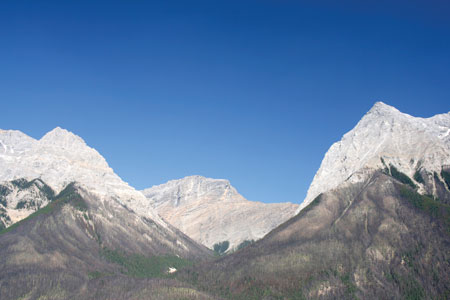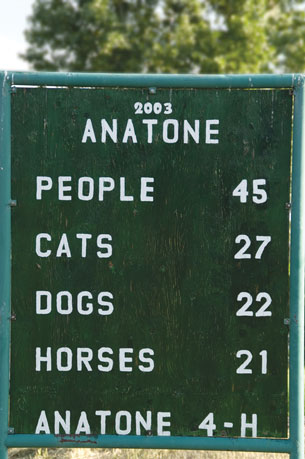Module 3 Intro
1. Module 3 Intro
1.31. Page 2
Module 3—Ecosystem Diversity
 Explore
Explore
 Read
Read
Earlier you were introduced to The Mountain Pine Beetle vs. An Ecosystem. What interactions have happened to make the forest ecosystem unhealthy in the southern interior of British Columbia? Read pages 76 and 77 of your textbook.
 Try This
Try This
TR 1. The Mountain Pine Beetle vs. an Ecosystem

© Marek Slusarczyk/shutterstock
You will be answering the TR 1. questions in the Lesson 6 Assignment.
- In point form, with a chart or diagram format, respond to “Analysis” questions 1 to 3 on page 77 of the textbook.
- As an extension activity, write or present—as a podcast or a video—a short paragraph about how the pine beetle infestation affects you. Take the part of either a local elder or a logger.
 Read
Read
When staff at Alberta’s Ministry of Sustainable Resources Development wanted to monitor the mountain pine beetle in Alberta’s pine forests, they planned and carried out field studies. The final activity of this lesson will require you to take part in a field study that investigates and compares two ecosystems. Throughout this lesson you and/or your group will be preparing for your field study. The next Try This activity is designed to help you begin your preparations by considering individuals, populations, and communities within two ecosystems.

© Sue Smith/shutterstock
TR 2. Planning for Your Field Study: Part I
You may choose to participate in the field study on your own or in a group. If you decide to work in a group, the discussion area may be one way for you to communicate between your group members. You will be handing in Steps 5 and 6 of the Procedure to be marked as part of the Lesson 6 Assignment. When you hand in these two sections, please indicate what two ecosystems were chosen for your field study.
Procedure
Step 1: Read “Investigation 3.D” on page 106 of the textbook to familiarize yourself with what you will be doing in your field study.
Step 2: Brainstorm a list of possible local ecosystems that could be the focus of your field study. Recall that ecosystems can vary in size. Make sure that your list includes areas possible for you to access.
Step 3: Choose two ecosystems from your list. They should be similar types of ecosystems, but in different areas.
One example could be a small pond in a forested area vs. a nearby water-filled ditch.
Step 4: Decide how you will record, store, and organize information from your field study (charts, pen and paper, computer).
Step 5: Each member of the group (and those students working by themselves) must choose one species that lives in both ecosystems. Remember that species can be anything from one of the six kingdoms. You will write a paragraph to explain how this species interacts with the abiotic and biotic components of its environment. For example, what are its nutrient requirements? Your information will be based on experiences, observations, and/or research.
Step 6: Of the species you chose in step 5, describe the typical population, community, and ecosystem.
You may use drawings, charts, or a paragraph for your description.